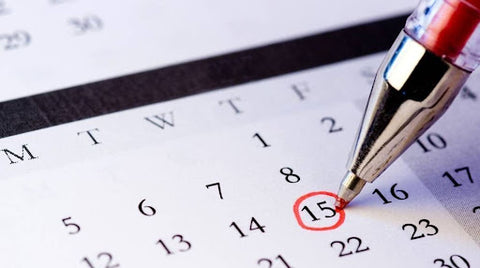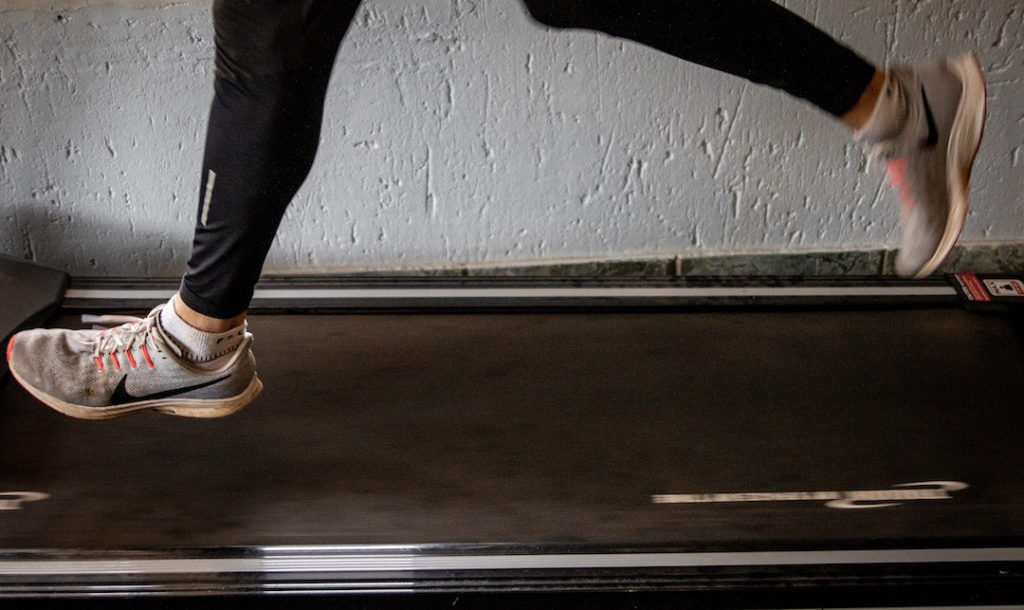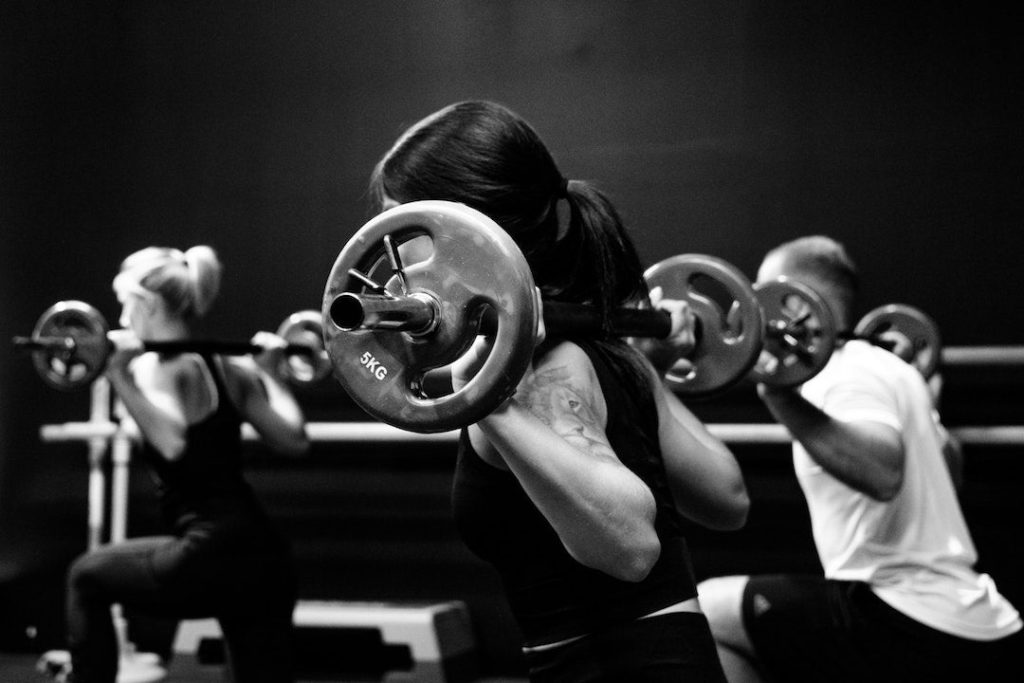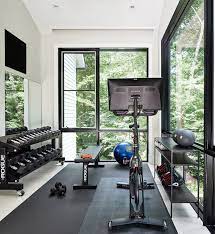It happens at various points in life, but many people experience the flick of a switch in their mind and decide it’s time to make a change and bring exercise into their lives. It’s an inspiring moment and one that should be used as a springboard into a healthier lifestyle and better habits.
However, with busy careers and modern lives where we have commitments and responsibilities, it’s rarely the case that you can just drop everything and start the way you live from scratch. We must find ways to weave our new lifestyles into our family and work lives which is no easy task.
A busy career often means you’re always on the go and it’s unimaginable to think that you can find an extra hour in the day to lift some weights or roll out the yoga mat in your lounge. However, it’s not impossible. It takes a little planning and in the first instance changing the way you think about exercise and how it fits into your life.
Here are four ways to bring exercise into a busy working life:
- Have access to equipment in more than one place
Who said you can only have one place to exercise? It sometimes pays to invest in more than one set of equipment so that you’re not caught out by the unpredictability of your schedule. Having a set of adjustable dumbbells in both your office at work and your lounge cupboard at home will indeed be an additional investment. But one set that you buy and fall out of the habit of using is not a more prudent investment if you could buy two sets that get you to your goals and see many years of use.
- Schedule your workouts like you schedule your meetings

A busy work life leaves you with zero ‘spare’ time (what is ‘spare’ time anyway?). Instead, schedule your exercise periods in the same way you put work meetings in the diary and resist the urge the work through your workout time. If you begin to look at exercise as a way of investing in yourself, you may find this helps you prioritise.
People who do this find the short break from actively thinking about the work at hand can make the hours after your session far more productive, leaving you in a net positive position despite taking an hour away. We all know it’s unlikely that a nine-hour day has nine productive hours in it, but the one hour you spend giving yourself some thinking space can enhance your productivity during the rest of the day.
The net outcome is a far more productive day, with fewer ‘work’ hours.
- Use exercise as a business tool
We hope that no business environment will give cause for you to perform an explosive squat in front of your colleagues, and that’s not the kind of ‘use of exercise as a business tool’ we mean.
Instead, exercise brings a great deal of benefits for you as a person in general and these contribute to an overall, better you. The career-driven, professional version of you is no exception to this and the benefits and perspectives you afford yourself through consistent training is bound to give you an edge at work.
From the improved sleeping habits borne by exercise to the daytime headspace you’re gifting you and your mental health, there are very few, if any, arguments against bringing exercise into the life of a busy professional.
- Make exercise your break from work

Switching off from work isn’t always as simple as just doing nothing for a short while. Rather, diverting your attention away from pressing work issues is more difficult if you’re not focusing on something completely different. To that end, exercise is an ideal break for your mind as the time spent guiding your body through movements and maintaining good form in your workout, is unlikely to give way to thoughts about an urgent report that’s due next week.
You would be surprised how efficient your mind can be as it works on things in the background and how giving yourself some headspace can work wonders for long-term problem solving.
The takeaway from this is that exercise and training is an investment in yourself and amongst those who have taken the step to incorporate it into a hectic work/life balance, the dividends it pays are nothing short of impressive. For many, it’s a case of taking the time to work on fitness now, rather than taking the time to fix avoidable physical and mental health problems in the future.












